Tunable Control of Mie Resonances Based on Hybrid VO2 and Dielectric Metamaterial
Abstract
:1. Introduction
2. Modeling and Design Principle
2.1. Center Case
2.2. Dielectric Arm Case
3. Tunable Mechanism Illustration through Field Distribution
3.1. Center Case
3.2. Dielectric Arm Case
4. Conclusions
Author Contributions
Funding
Acknowledgments
Conflicts of Interest
References
- Stranks, S.D.; Eperon, G.E.; Grancini, G.; Menelaou, C.; Alcocer, M.J.; Leijtens, T.; Snaith, H.J. Electron-hole diffusion lengths exceeding 1 micrometer in an organometal trihalide perovskite absorber. Science 2013, 342, 341–344. [Google Scholar] [CrossRef] [PubMed]
- Landy, N.I.; Sajuyigbe, S.; Mock, J.J.; Smith, D.R.; Padilla, W.J. Perfect metamaterial absorber. Phys. Rev. Lett. 2008, 100, 207402. [Google Scholar] [CrossRef] [PubMed]
- Low, T.; Avouris, P. Graphene plasmonics for terahertz to mid-infrared applications. ACS Nano 2014, 8, 1086–1101. [Google Scholar] [CrossRef] [PubMed]
- Liu, M.; Yang, Q.; Xu, Q.; Chen, X.; Tian, Z.; Gu, J.; Zhang, W. Tailoring mode interference in plasmon-induced transparency metamaterials. J. Phys. D Appl. Phys. 2018, 51, 174005. [Google Scholar] [CrossRef] [Green Version]
- Glybovski, S.B.; Tretyakov, S.A.; Belov, P.A.; Kivshar, Y.S.; Simovski, C.R. Metasurfaces: From microwaves to visible. Phys. Rep. 2016, 634, 1–72. [Google Scholar]
- Liu, X.; Fan, K.; Shadrivov, I.V.; Padilla, W.J. Experimental realization of a terahertz all-dielectric metasurface absorber. Opt. Express 2017, 25, 191–201. [Google Scholar] [CrossRef] [PubMed]
- Zhao, Y.T.; Wu, B.; Huang, B.J.; Cheng, Q. Switchable broadband terahertz absorber/reflector enabled by hybrid graphene-gold metasurface. Opt. Express 2017, 25, 7161–7169. [Google Scholar] [CrossRef] [PubMed]
- Fan, K.; Suen, J.Y.; Liu, X.; Padilla, W.J. All-dielectric metasurface absorbers for uncooled terahertz imaging. Optica 2017, 4, 601–604. [Google Scholar] [CrossRef]
- Lu, T.; Zhang, D.; Qiu, P.; Lian, J.; Jing, M.; Yu, B.; Wen, J. Ultrathin terahertz dual-band perfect metamaterial absorber using asymmetric double-split rings resonator. Symmetry 2018, 10, 293. [Google Scholar] [CrossRef]
- Ye, L.; Chen, X.; Cai, G.; Zhu, J.; Liu, N.; Liu, Q. Electrically tunable broadband terahertz absorption with hybrid-patterned graphene metasurfaces. Nanomaterials 2018, 8, 562. [Google Scholar] [CrossRef] [PubMed]
- Chan, J.; Best, R.; Cerezo, J.; Barrera, M.; Lezama, F. Experimental study of a bubble mode absorption with an inner vapor distributor in a plate heat exchanger-type absorber with NH3-LiNO3. Energies 2018, 11, 2137. [Google Scholar] [CrossRef]
- Zeng, F.; Ye, L.; Xu, X.; Yang, X. Tunable terahertz absorber using double-layer decussate graphene ribbon arrays. In Proceedings of the 2018 IEEE MTT-S International Wireless Symposium (IWS), Chengdu, China, 6–10 May 2018; pp. 1–3. [Google Scholar]
- Xu, Y.L.; Li, E.P.; Wei, X.C.; Yi, D. A novel tunable absorber based on vertical graphene strips. IEEE Microw. Wirel. Compon. Lett. 2016, 26, 10–12. [Google Scholar] [CrossRef]
- Lee, Y.; Kim, S.J.; Park, H.; Lee, B. Metamaterials and metasurfaces for sensor applications. Sensors 2017, 17, 1726. [Google Scholar] [CrossRef] [PubMed]
- Vakil, A.; Engheta, N. Transformation optics using graphene. Science 2011, 332, 1291–1294. [Google Scholar] [CrossRef] [PubMed]
- Wang, B.X.; Zhai, X.; Wang, G.Z.; Huang, W.Q.; Wang, L.L. Frequency tunable metamaterial absorber at deep-subwavelength scale. Opt. Mater. Express 2015, 5, 227–235. [Google Scholar] [CrossRef]
- Wang, B.X.; Wang, L.L.; Wang, G.Z.; Huang, W.Q.; Li, X.F.; Zhai, X. Frequency continuous tunable terahertz metamaterial absorber. J. Lightw. Technol. 2014, 32, 1183–1189. [Google Scholar] [CrossRef]
- Émond, N.; Hendaoui, A.; Delprat, S.; Chaker, M.; Wu, K. Theoretical and Experimental Investigation of Thermo-Tunable Metal–Insulator–Vanadium Dioxide Coplanar Waveguide Structure. IEEE Trans. Microw. Theory Tech. 2017, 65, 1443–1455. [Google Scholar] [CrossRef]
- Cavalleri, A.; Dekorsy, T.; Chong, H.H.; Kieffer, J.C.; Schoenlein, R.W. Evidence for a structurally-driven insulator-to-metal transition in VO2: A View from the ultrafast timescale. Phys. Rev. B 2004, 70, 161102. [Google Scholar] [CrossRef]
- Wu, J.; Émond, N.; Hendaoui, A.; Delprat, S.; Chaker, M.; Wu, K. Broadband temperature-dependent dielectric properties of polycrystalline vanadium dioxide thin films. In Proceedings of the 2015 IEEE MTT-S International Microwave Workshop Series on Advanced Materials and Processes for RF and THz Applications (IMWS-AMP), Suzhou, China, 1–3 July 2015; pp. 1–3. [Google Scholar]
- Teeslink, T.S.; Torres, D.; Ebel, J.L.; Sepulveda, N.; Anagnostou, D.E. Reconfigurable bowtie antenna using metal-insulator transition in vanadium dioxide. IEEE Antennas Wirel. Propag. Lett. 2015, 14, 1381–1384. [Google Scholar] [CrossRef]
- Hashemi, M.R.M.; Yang, S.H.; Wang, T.; Sepúlveda, N.; Jarrahi, M. Electronically-controlled beam-steering through vanadium dioxide metasurfaces. Sci. Rep. 2016, 6, 35439. [Google Scholar] [CrossRef] [PubMed]
- Gray, A.X.; Hoffmann, M.C.; Jeong, J.; Aetukuri, N.P.; Zhu, D.; Hwang, H.Y.; Reid, A.H. Ultrafast terahertz field control of electronic and structural interactions in vanadium dioxide. Phys. Rev. B 2018, 98, 045104. [Google Scholar] [CrossRef]
- Sánchez, L.; Lechago, S.; Sanchis, P. Ultra-compact TE and TM pass polarizers based on vanadium dioxide on silicon. Opt. Lett. 2015, 40, 1452–1455. [Google Scholar] [CrossRef] [PubMed]
- Sánchez, L.D.; Olivares, I.; Parra, J.; Menghini, M.; Homm, P.; Locquet, J.P.; Sanchis, P. Experimental demonstration of a tunable transverse electric pass polarizer based on hybrid VO2/silicon technology. Opt. Lett. 2018, 43, 3650–3653. [Google Scholar] [CrossRef] [PubMed]
- La Spada, L.; Vegni, L. Metamaterial-based wideband electromagnetic wave absorber. Opt. Express 2016, 24, 5763–5772. [Google Scholar] [CrossRef] [PubMed]
- Zhao, Q.; Zhou, J.; Zhang, F.; Lippens, D. Mie resonance-based dielectric metamaterials. Mater. Today 2009, 12, 60–69. [Google Scholar] [CrossRef]
- Baena, J.D.; Bonache, J.; Martin, F.; Sillero, R.M.; Falcone, F.; Lopetegi, T.; Sorolla, M. Equivalent-circuit models for split-ring resonators and complementary split-ring resonators coupled to planar transmission lines. IEEE Trans. Microw. Theory Tech. 2005, 53, 1451–1461. [Google Scholar] [CrossRef]
- Qin, F.; Ding, L.; Zhang, L.; Monticone, F.; Chum, C.C.; Deng, J.; Zhang, S. Hybrid bilayer plasmonic metasurface efficiently manipulates visible light. Sci. Adv. 2016, 2, 1501168. [Google Scholar] [CrossRef] [PubMed]
- Shaltout, A.M.; Kim, J.; Boltasseva, A.; Shalaev, V.M.; Kildishev, A.V. Ultrathin and multicolour optical cavities with embedded metasurfaces. Nat. Commun. 2018, 9, 2673. [Google Scholar] [CrossRef] [PubMed]
- Liu, Y.; Hao, Y.; Li, K.; Gong, S. Radar cross section reduction of a microstrip antenna based on polarization conversion metamaterial. IEEE Antennas Wirel. Propag. Lett. 2016, 15, 80–83. [Google Scholar] [CrossRef]
- Engheta, N. Circuits with light at nanoscales: Optical nanocircuits inspired by metamaterials. Science 2007, 317, 1698–1702. [Google Scholar] [CrossRef] [PubMed]
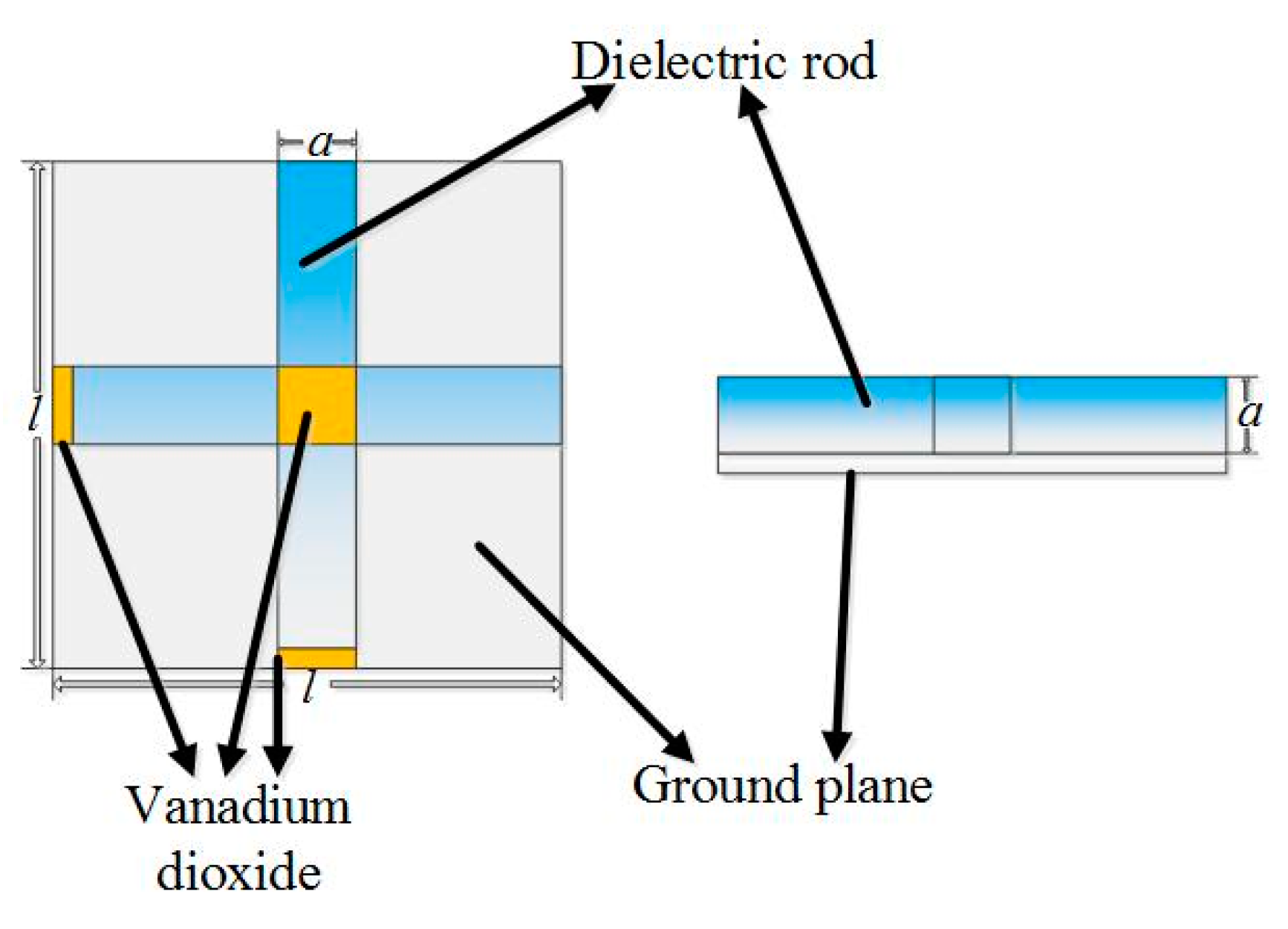
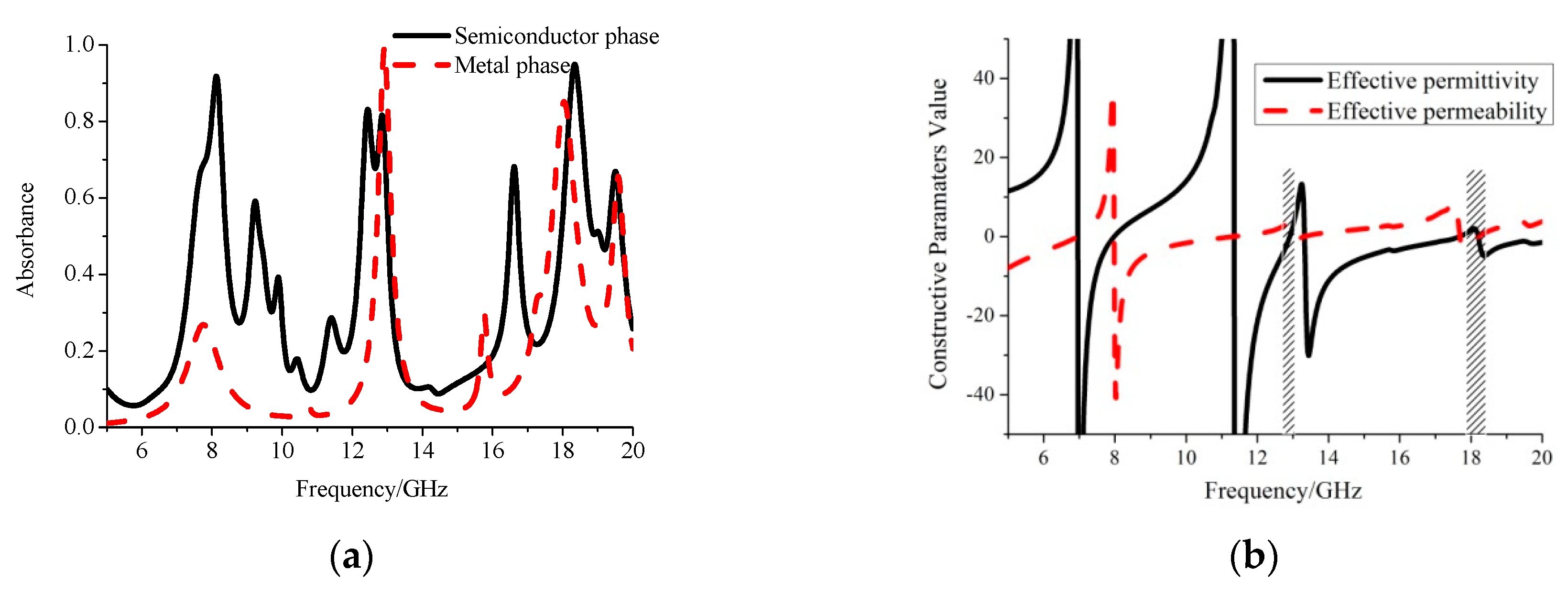
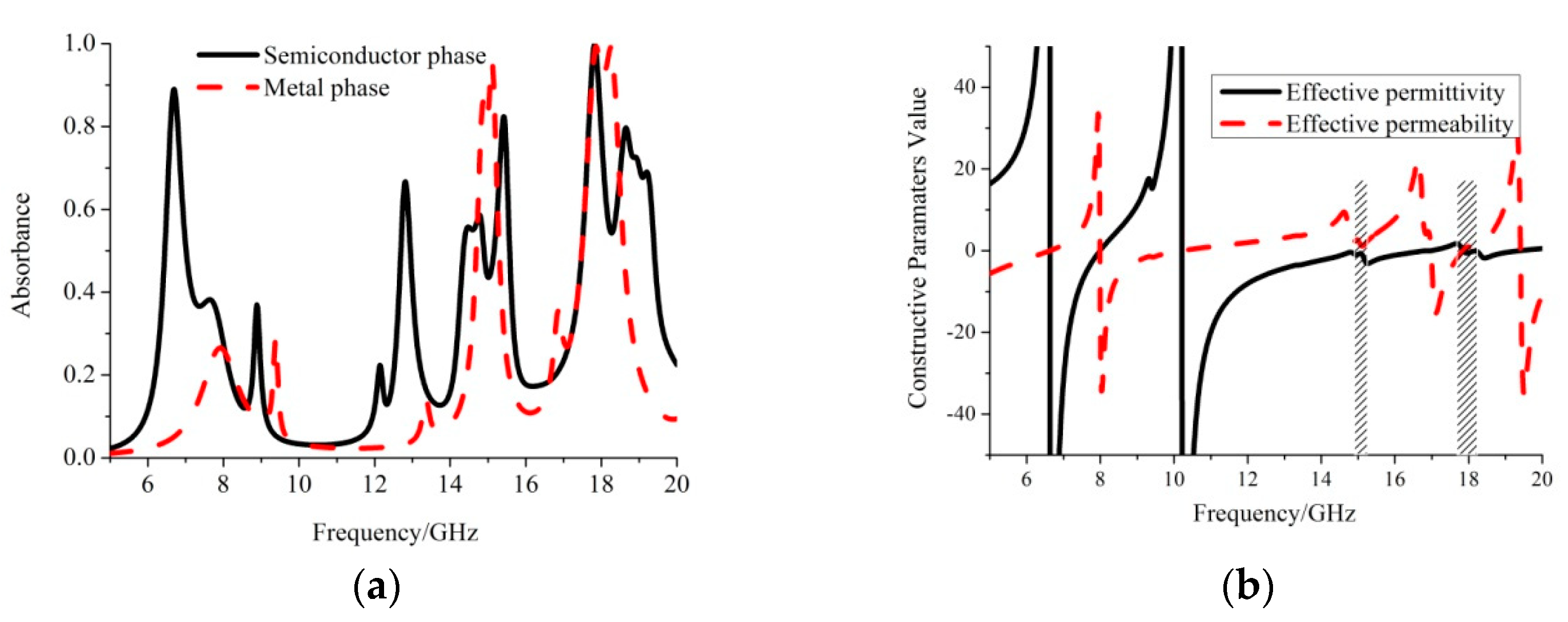

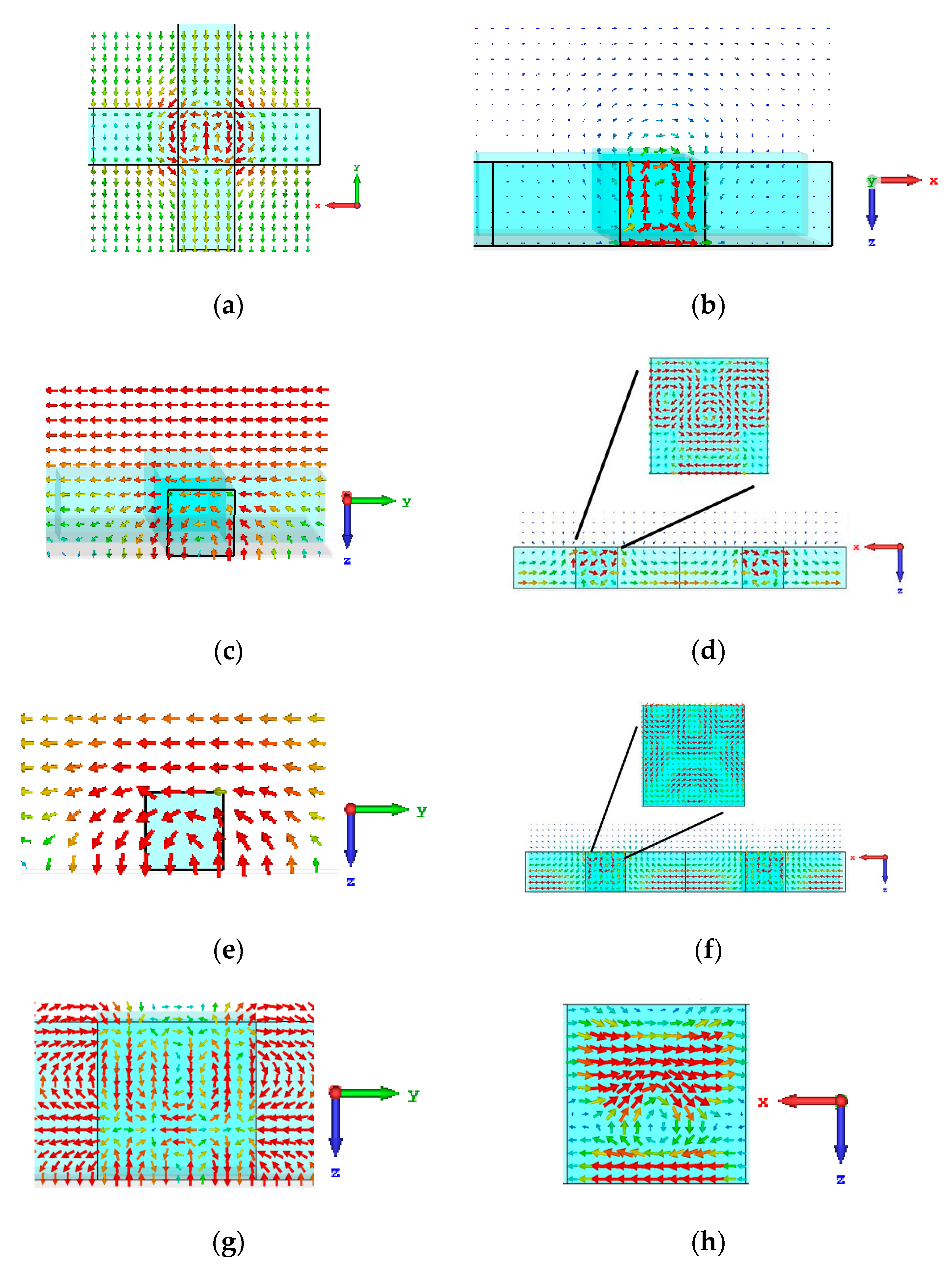
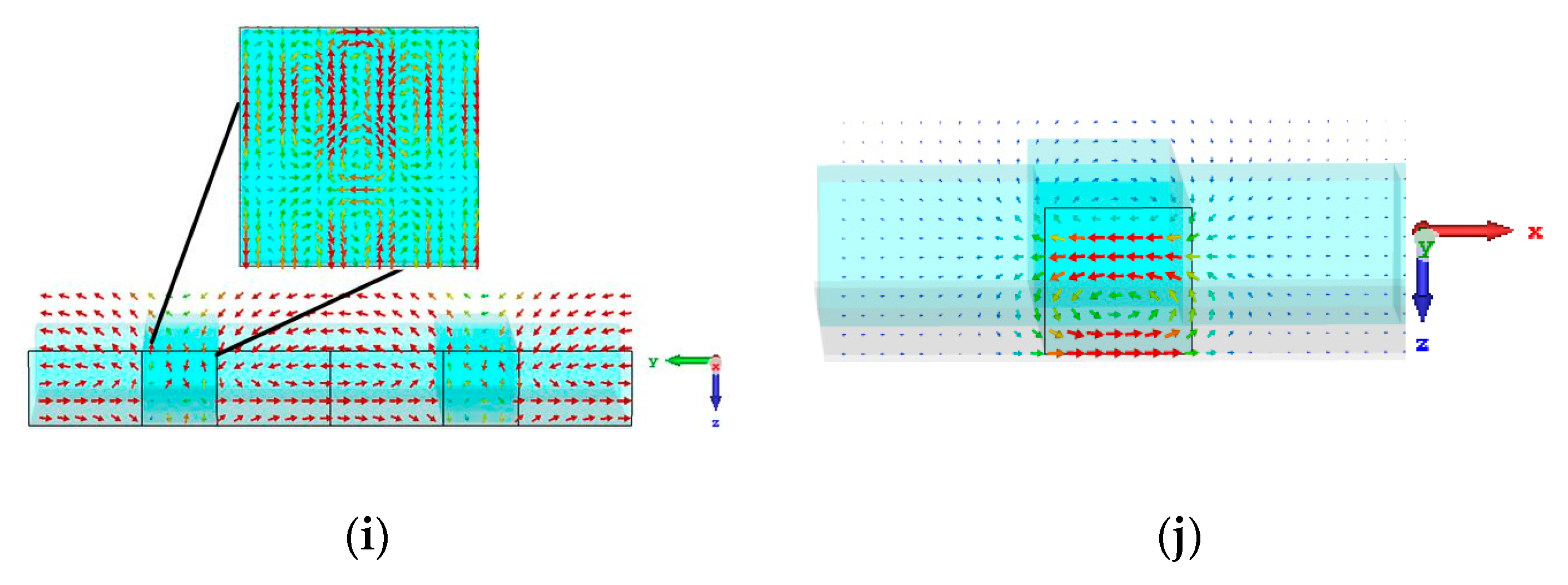
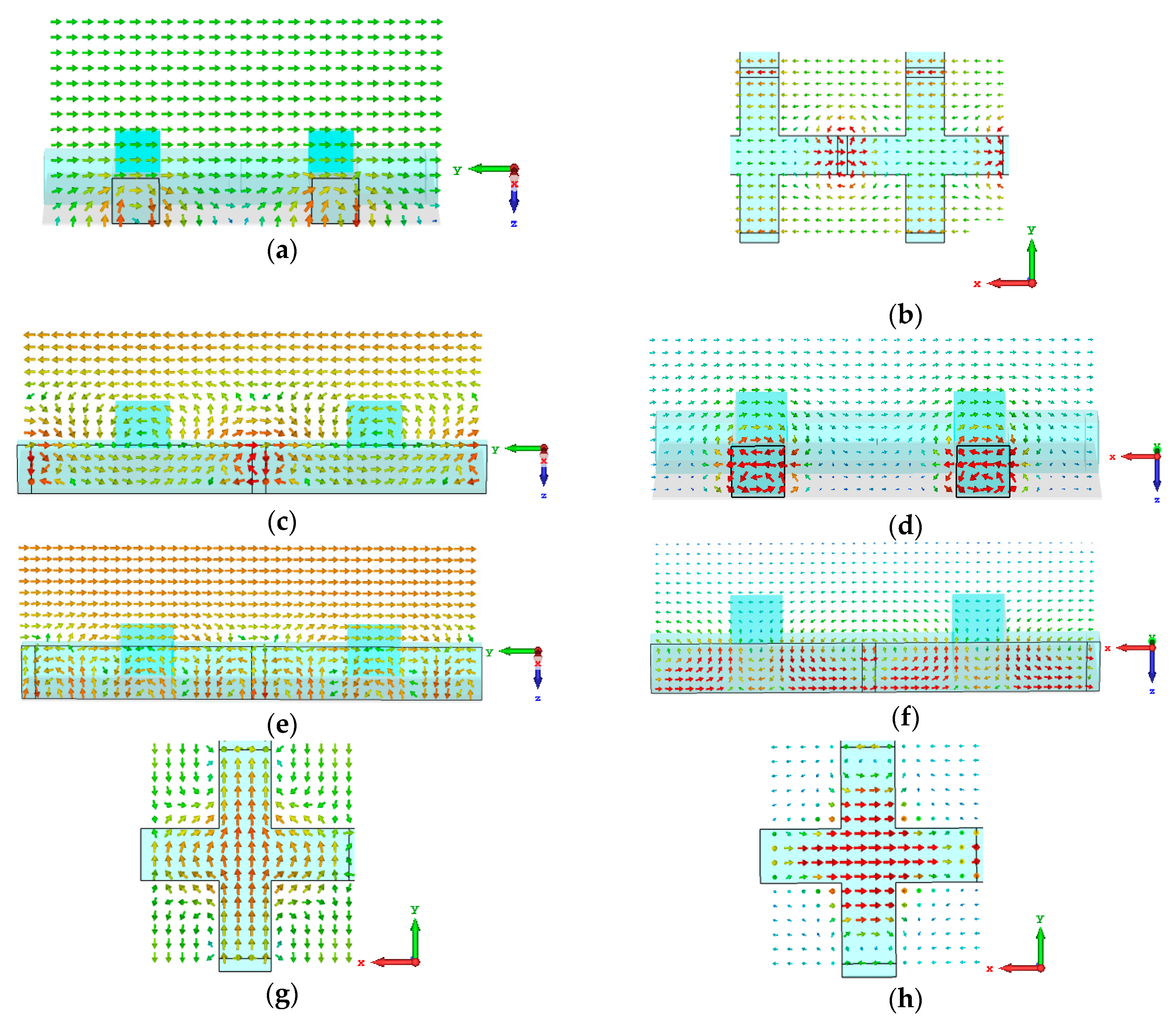
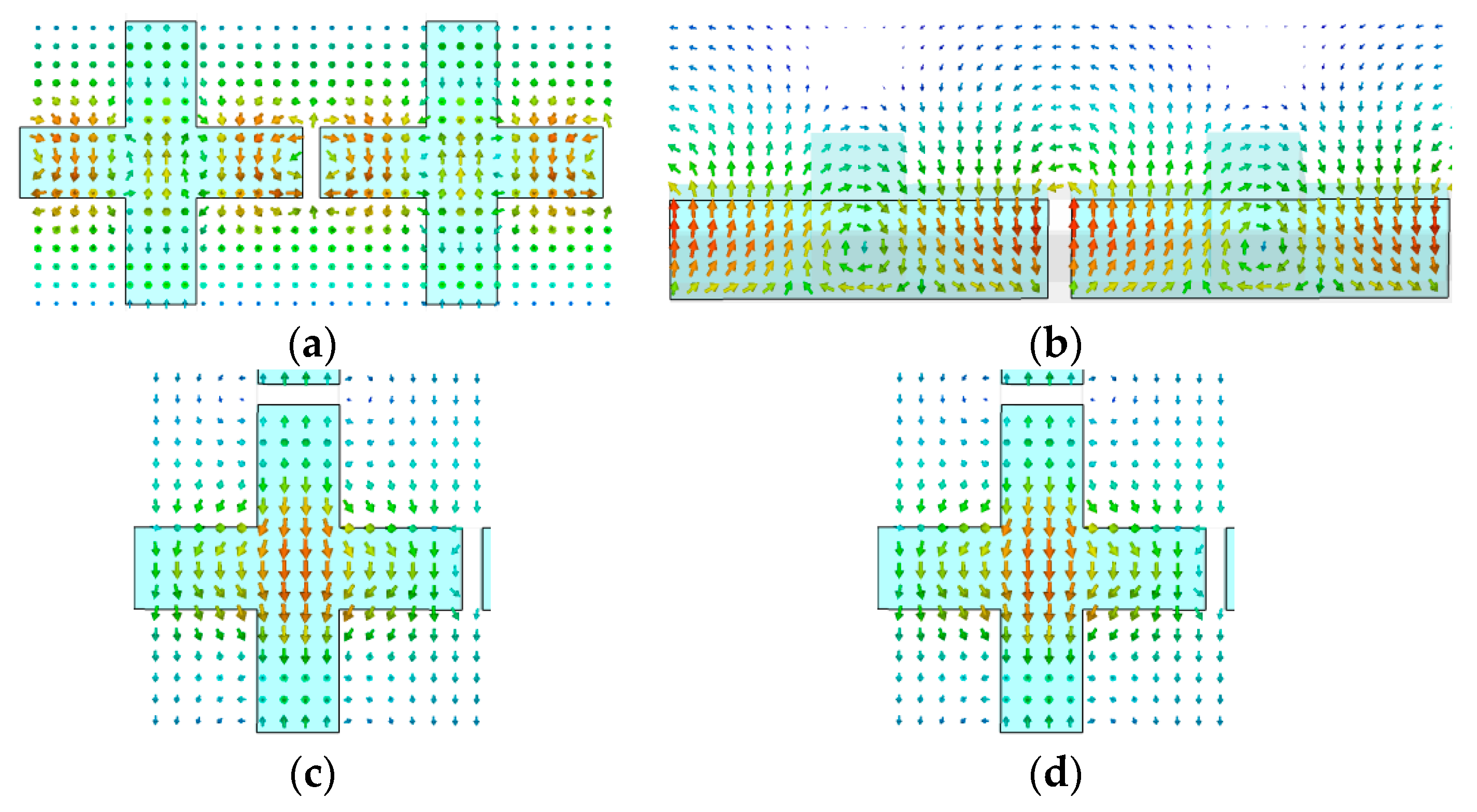

© 2018 by the authors. Licensee MDPI, Basel, Switzerland. This article is an open access article distributed under the terms and conditions of the Creative Commons Attribution (CC BY) license (http://creativecommons.org/licenses/by/4.0/).
Share and Cite
Gao, J.; Zhang, K.; Yang, G.; Kahng, S.; Wu, Q. Tunable Control of Mie Resonances Based on Hybrid VO2 and Dielectric Metamaterial. Symmetry 2018, 10, 423. https://doi.org/10.3390/sym10100423
Gao J, Zhang K, Yang G, Kahng S, Wu Q. Tunable Control of Mie Resonances Based on Hybrid VO2 and Dielectric Metamaterial. Symmetry. 2018; 10(10):423. https://doi.org/10.3390/sym10100423
Chicago/Turabian StyleGao, Ju, Kuang Zhang, Guohui Yang, Sungtek Kahng, and Qun Wu. 2018. "Tunable Control of Mie Resonances Based on Hybrid VO2 and Dielectric Metamaterial" Symmetry 10, no. 10: 423. https://doi.org/10.3390/sym10100423
APA StyleGao, J., Zhang, K., Yang, G., Kahng, S., & Wu, Q. (2018). Tunable Control of Mie Resonances Based on Hybrid VO2 and Dielectric Metamaterial. Symmetry, 10(10), 423. https://doi.org/10.3390/sym10100423





